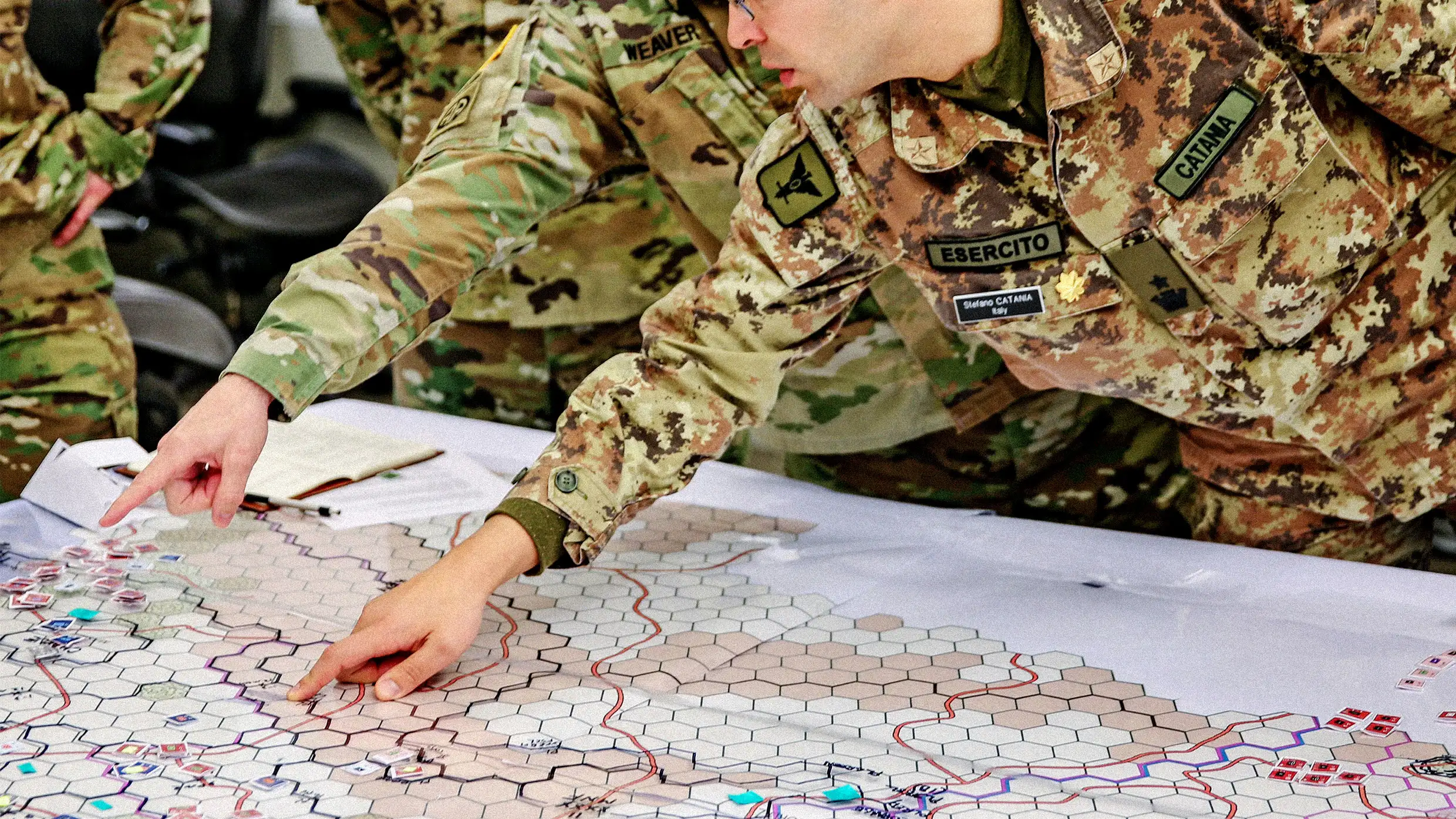
"Despite two centuries of evolution, the structure of a modern military staff would be recognizable to Napoleon. At the same time, military organizations have struggled to incorporate new technologies as they adapt to new domains-air, space and information-in modern war. The sizes of military headquarters have grown to accommodate the expanded information flows and decision points of these new facets of warfare. The result is diminishing marginal returns and a coordination nightmare-too many cooks in the kitchen-that risks jeopardizing mission command."
"AI agents -autonomous, goal-oriented software powered by large language models-can automate routine staff tasks, compress decision timelines and enable smaller, more resilient command posts. They can shrink the staff while also making it more effective. As an international relations scholar and reserve officer in the U.S. Army who studies military strategy, I see both the opportunity afforded by the technology and the acute need for change."
"Over time, these staffs have ballooned in size, making coordination cumbersome. They also result in sprawling command posts that modern precision artillery, missiles and drones can target effectively and electronic warfare can readily disrupt. Russia's so-called " Graveyard of Command Posts" in Ukraine vividly illustrates how static headquarters where opponents can mass precision artillery, missiles and drones become liabilities on a modern battlefield."
Modern military staffs largely retain Napoleonic organizational structures despite two centuries of change. Headquarters expanded to manage air, space, and information domains, increasing information flows and decision points. Larger staffs produce diminishing marginal returns, coordination fragmentation, and sprawling command posts vulnerable to precision artillery, missiles, drones, and electronic warfare. AI agents—autonomous, goal-oriented software powered by large language models—can automate routine staff tasks, fuse intelligence, compress decision timelines, and support limited decision-making. These capabilities can enable smaller, more resilient command posts, reduce staffing needs, and improve effectiveness. Recent conflicts demonstrate the battlefield risks of static, centralized headquarters.
Read at Fast Company
Unable to calculate read time
Collection
[
|
...
]